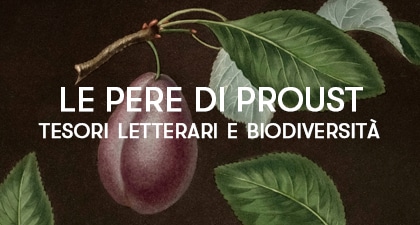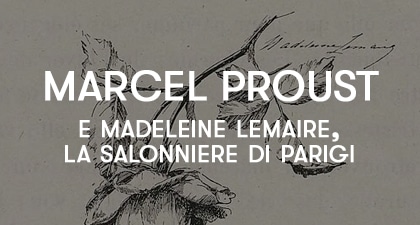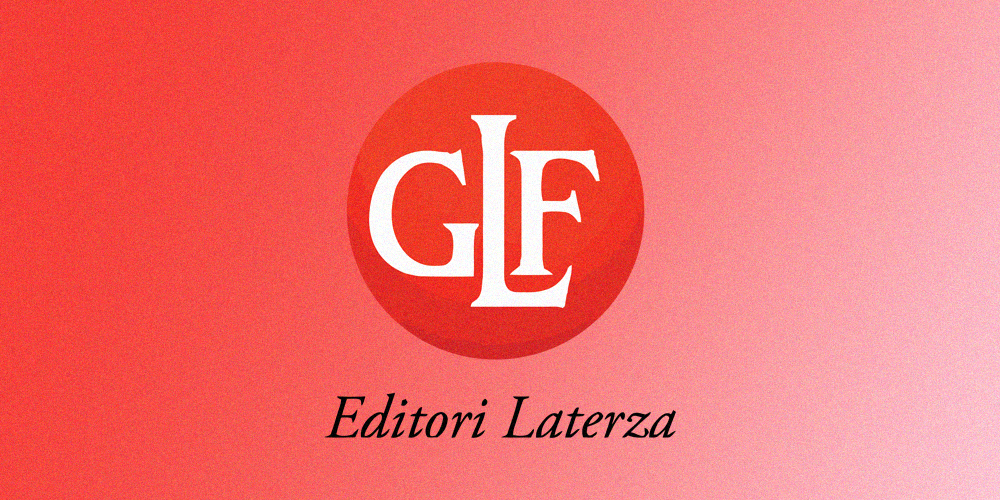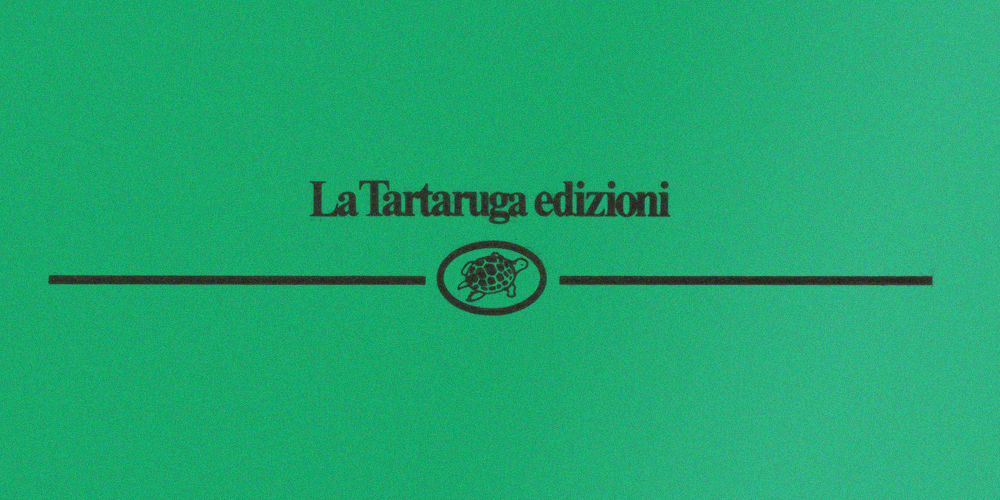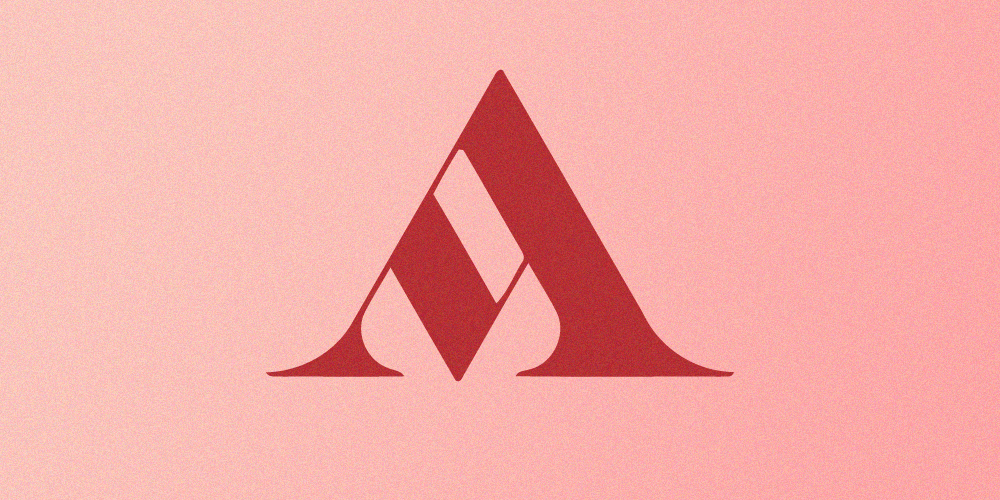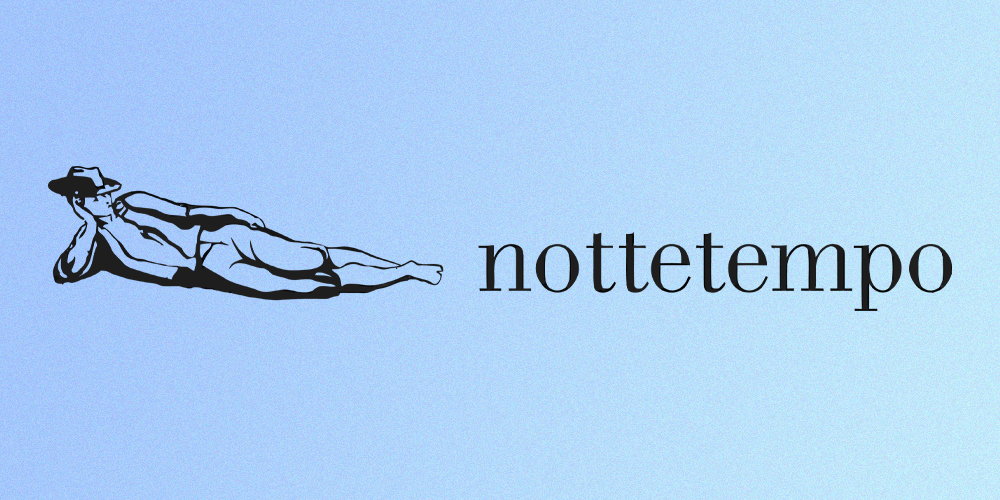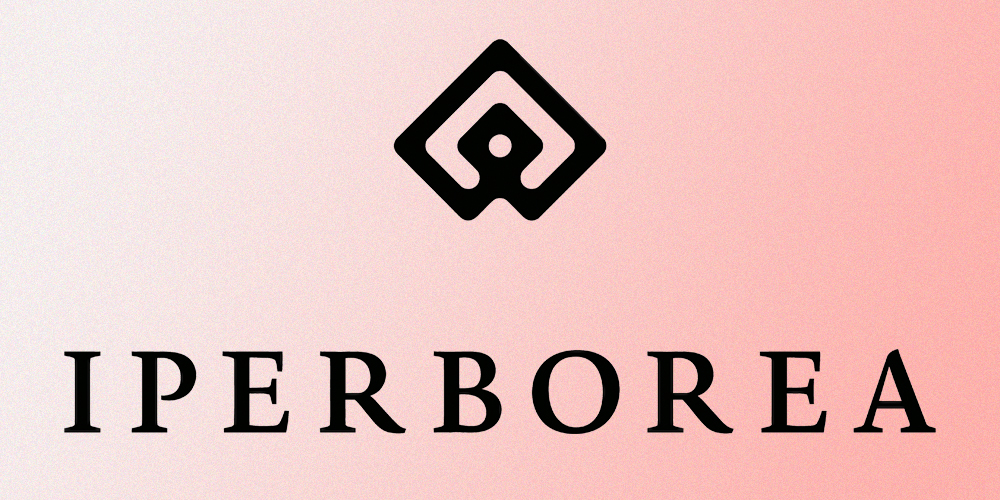
The seventh stop on our journey through Italian publishing tells the story of the Iperborea publishing house.
The logo is the symbol of the rune, a character from the alphabet used in Scandinavian countries until the beginning of the Middle Ages, before it was replaced by the Latin alphabet.
At the beginning of 2015, the graphic image of the publishing house underwent a restyling; the rune of the original logo was modified and now resembles the nib of a fountain pen.
Iperborea was founded in 1987 to introduce Scandinavian and Northern European literature to Italy.
Until that time, Nordic literature was “forgotten” by major publishers, except for some classic authors like Knut Hamsun and Selma Lagerlöf, who were published by Mondadori in the Medusa series.
Before founding Iperborea, Emilia Lodigiani, mother of Pietro Biancardi, the current publisher, had lived in Paris for ten years, where she became an avid reader of many Nordic authors, both classic and contemporary. Upon returning to Italy, she realized that none of them had ever been translated into Italian. Iperborea quickly gained appreciation for the quality and rigor of its editorial choices and has grown year after year in both visibility and sales.

Take the case of Arto Paasilinna, the Finnish author with a happy pen: it was 1994 when his first title, “The Year of the Hare,” was published, selling 5,000 copies that year.
Even today, that book sells about 6,000 copies a year, for a total of over 100,000. Not insignificant numbers. Another great success was “The True Story of the Pirate Long John Silver” by Swedish author Björn Larsson, another quality trademark of the publisher. It was released in ’98, with considerable success, and continues to sell well.
At the time, the inadvertent spokesperson was then Prime Minister Massimo D’Alema. During a European Socialist Congress, a journalist asked him if they were only discussing politics. He replied no: with Jospin, Blair, they were also talking about other things, for example, books. Which one? “Well, for example, Larsson’s book, which I recommend to everyone.”

Alongside its strictly editorial activity, Iperborea has always paid great attention to promoting its authors; initiatives that over the years have taken the form of festivals, particularly since 2015 with the Boreali.
The event was launched in Milan but has over the years expanded to other cities such as Turin, Venice, Genoa, and Florence.
The idea of maintaining a strong and distinctive graphic design, more or less constant over time, dates back to the origins.
By publishing authors with “exotic” and sometimes unpronounceable names, often unknown, from countries that are little known to mass culture (think of the Finns or the Baltics), it was essential to have a strong recognizability of format and graphics that would allow the publishing house to stand out in bookstores.
As the variety of cultural activities offered (books, festivals, courses) increased, at some point a radical graphic intervention became necessary. The result of a year of work with xxystudio is a major restyling launched in January 2015, under which all the initiatives have somehow found their place.
It was easier to find room under the same roof for the editorial initiatives arrived in the last two years: a series of books for children (Miniborei), illustrated books (the Moomin series by Tove Jansson), as well as The Passenger, a book-magazine aimed at portraying the contemporary of a country through international authors.
To be clear, with a layout that returns, fonts, title, and author in the same place, precisely to reinforce the work on the brand and continuity in editorial choices.
Remaining faithful to the brand’s identity, which is already strong and built brick by brick (in the literal sense, since the book format, 10×20, is the size of a brick) over more than 30 years, while also giving it a fresh new look, was practically an obligatory choice.
The sensation is confirmed by the numbers: Iperborea’s turnover has tripled since 2014.
View all the books published by Iperborea available in our catalog.
Would you like to discover more stories about Italian publishers?
Here you can find all our articles.


